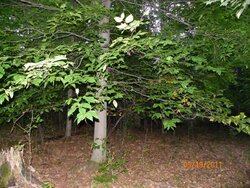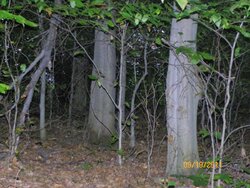This area has some nice size beech so the smaller stuff needs thinning or I can cut some of the bigger beech then let some of the smallest grow, what would the best thing to do.
We are set for hardwood (beech & sugar maple) for 3 years so the wood is not the reason.
zap
We are set for hardwood (beech & sugar maple) for 3 years so the wood is not the reason.
zap




